Quick Hits! Q1 Gaming Newsletter
By jeremyf 1 Comments
My unofficial hiatus hasn’t been from a lack of gaming time; rather, I’ve just been too scatterbrained to organize a coherent string of thoughts. Let’s just blast out quick hits on as many titles as I can.
Tower Climber!
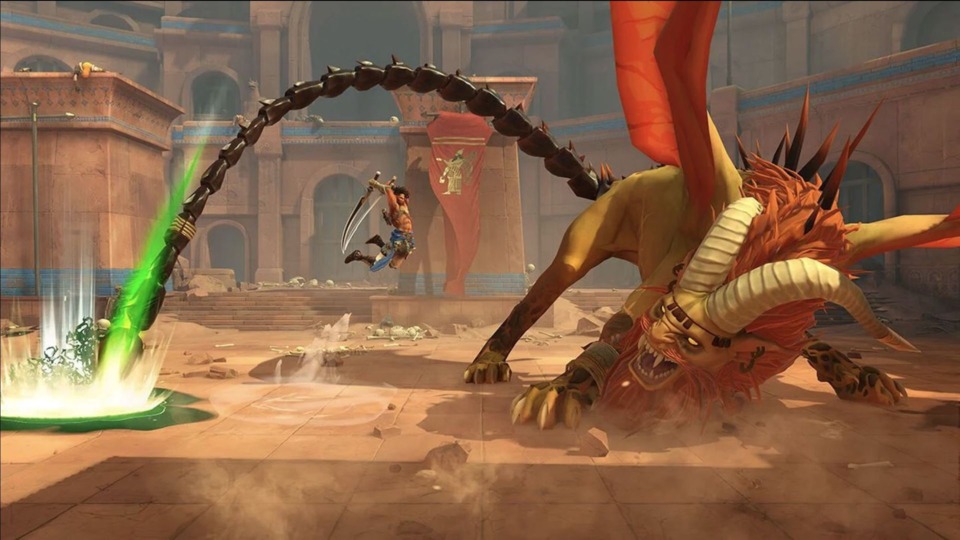
Since the start of the year, I have competed in MinnMax’s Trivia Tower competition every month. With my schedule, I need to furtively play while at work. That said, I’m surprised at how strong my performance has been. I consistently make it to the last round, even winning the whole thing once. Feeling smart is nice, but the real reward is the chance to win game codes. My first time competing, I won a code for Prince of Persia: The Lost Crown, which I am finally getting around to now. Playing it is just as fun as everyone says. Sargon is super responsive, and the combat system has a lot of room to experiment. I can already see how you can vary your playstyle using the charms you unlock. I’m only a few hours in, but right now I’m not ranking The Lost Crown on the top tier of troidlikes. Ori has better movement, Hollow Knight has better world design, and Metroid Dread has better bosses. Of course, things could change. The real standout to me is The Lost Crown’s platforming. Already, the game has presented some tricky sequences, yet I can always put Sargon exactly where he needs to go. I will definitely stick with the game if for no other reason than I love platformers. The worst part of the whole affair was needing to reinstall the Ubisoft launcher.
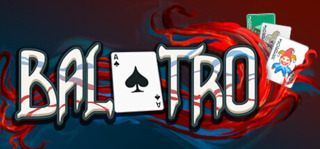
I also won a code for another surprise hit in a popular genre: the poker-themed roguelike Balatro. After my first play session, I wrote down the note that it was interesting, but I wasn’t quite getting it. The next time I looked, somehow 20 hours had gone by and I was thinking about Balatro every moment of the day. I’ve had my frustrations with certain roguelikes over the years, and it’s impressive how Balatro avoids every pitfall in its design. In a run-based game, you ideally want to be making interesting decisions all the time. At the start, constructing each poker hand is a game of weighing what can get the most points with the cards in your deck. What I really love is the shop between each round. Whether it’s with jokers that change the rules, special cards with enhanced abilities, or any number of tarot cards, strategies can shift in an instant. The best thing Balatro does is give you information. Where some roguelikes require a wiki on the second monitor, everything is clearly explained here. Just as importantly, success is built on planning instead of twitch reactions. Anyone can finish a run of Balatro, and I had far more success early on than with any other roguelike I’ve played. But I eventually realized I had to quit cold turkey so I could have time for anything else. Even writing this paragraph has made me feel itchy.
And, in more games I wouldn’t have bought for myself, we have Granblue Fantasy Relink (which I haven’t played yet) and Llamasoft: The Jeff Minter Story. The latter is part of Digital Eclipse’s Gold Master series of “interactive documentaries.” Aside from a few tidbits in the old Giant Bomb days, I really knew nothing about Jeff Minter. It speaks to the success of the collection that by the end, I was able to understand why Minter is an important figure to the industry. Individually, I don’t really… enjoy… any of his games. It’s summed up in a statement from the man himself on his design philosophy. Minter’s games aren’t designed to be “beaten,” instead asking the player to return over and over to last longer. It runs counter to my backlog battlin’ self, but that’s okay. The insights on the gaming industry, especially in the British region which I had overlooked for so long, are worth it. Like when I researched the early years of Rare, I was in disbelief at how Minter could ship a new game every few weeks throughout the ‘80s. It’s taken me months just to write one blog post! Once the ‘90s roll around, the focus shifts to how funding for indie developers dried up overnight, which is eerily similar to stories we’re hearing at the current moment. The real draw of Digital Eclipse titles is the supplemental material. For your perusal, they’ve included scans of Minter’s original notebooks, advertising materials, and even the paintings used for Llamasoft’s box art. You also have many issues of the Llamasoft newsletter, which inspired the format I’m using right now. If I had one criticism of the collection, it’s that it yadda-yaddas the last 25 years of Minter’s career. I get that including newer games is more complicated, but things abruptly crash to a halt after Tempest 2000. Oh well, some folks will be happy to play that one indefinitely.
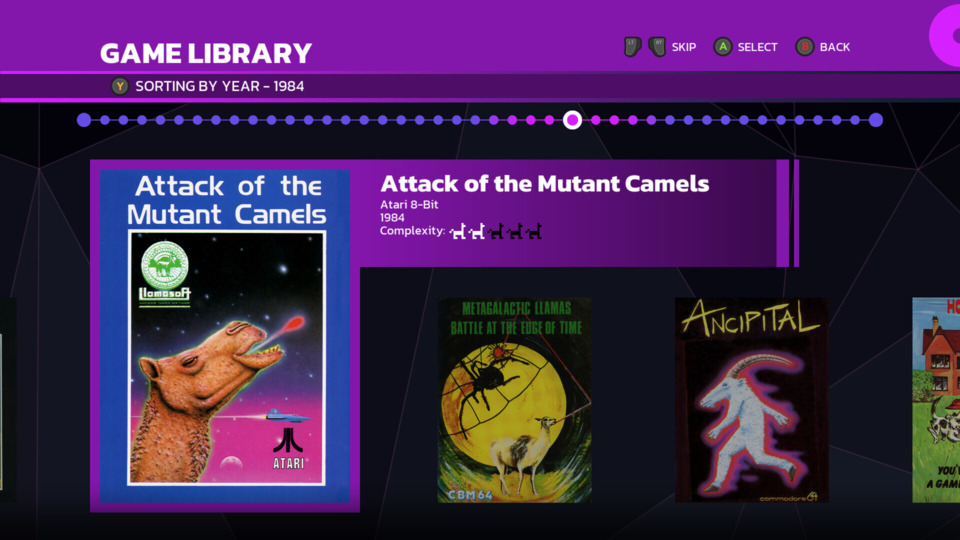
There’s one last big fish I won in Trivia Tower, but I will save that for later. Let’s head back to the backlog for a bit…
Phantom Nostalgia!
You can get great discounts on last generation games, but nearly anything from the 360 era can go for a song if you find the right sale. The perks of our digital future, I guess. When these games were coming out, I was pretty much Nintendo-exclusive. So many titles skipped me by and yet… when I play them now, I have this intense nostalgic feeling for something I’m experiencing for the first time. This is really the flashpoint between retro and modern games. Control schemes have (mostly) standardized and the core concepts continue to be used now. However, the graphical fidelity is not trying to compete with Avatar and game design hasn’t become quite so bloated. Experiencing the cutting edge of 15 years ago is fascinatingly quaint, though I’m sure the developers at the time didn’t feel that way.
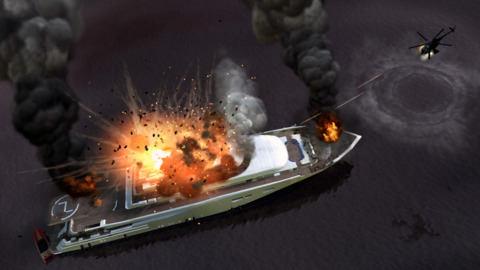
With Grand Theft Auto VI set to become the biggest pop culture event in human history, it’s the perfect time to go back and try Grand Theft Auto IV. When I said (mostly) standardized, I was referring to this game. I can’t stand the shooting controls and mechanics in GTA 4. By the time I found where to fix them, I had already gotten used to them and had to deal. When the game isn’t throwing you into a firefight, exploring Liberty City is plain enjoyable. It feels sufficiently big, but not overwhelmingly so. This is my preferred type of open world game, that sends you back and forth in a single, thought-out location. I have found the missions to be as hit-or-miss as my bullets, with some thrilling and some maddening. At the very least, you can instantly retry after failing instead of hoofing it all the way back to the start point. I have also come to fully lose patience for Rockstar’s writing in these games. It is not funny, but it is delivered with the confidence of the greatest comedian on Earth, which only makes it more grating. I can’t switch off the radio fast enough during a commercial, always cycling back to my custom music. It feels inevitable that the game after 6 will be back in Liberty City. After all, it could conceivably be close to a 30 year gap between 4 and 7. Part of me isn’t thrilled about the series circling the same three locations forever, but far be it from me to tell them how to run their business. Except they should release PC versions more quickly. Come on, guys.
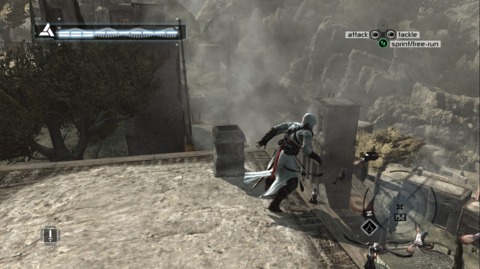
Iterative refinement is all well and good, but what about a fresh stab at something new? I’m always more lenient on the first game in a franchise because of all the groundwork it has to set. Such is the case for the first Assassin’s Creed. By the time I got interested in the series, it was already popular to hate it. And I have no interest in the modern style of Assassin’s Creed, which is the type of open world I don’t like - an endless sea of blah. This first one, though, is quite ambitious for the time and decently fun to play now. Parkour, combat, and stealth are not particularly thrilling on their own, but they coalesce into something that kept my attention. As far as open world design goes, it’s a bit of a faceplant. I played the 360 version, which only has a handful of activities repeated frequently. Yeah, the towers are repetitive. I agree, saving citizens is braindead. Of course, hunting down flags is both stupid and about the biggest waste of time one can fathom in this lifetime. But you know what? I still did it all. I’m not going to pretend like I’m too good for this crap anymore. Sometimes you just feel like zoning out and checking boxes, and Ubisoft has made a mint catering to that impulse. I would much rather see more stuff like The Lost Crown, but I can’t hate them for Assassin’s Creed at the same time. I own a few more entries in the series, and I expect to have progressively less patience with them. But even after it was iterated on so many times, this first game was still novel to me, which says something about someone, somewhere, and okay let’s move on now.
Lastly, what Xbox owner hasn’t at least tried some Halo in their day? It’s very easy with the Master Chief Collection bundling the essential games in one place. I used it to play the original game before Infinite released, then played Infinite, and then I guess I was good for a few years. I hadn’t gone back. I finally tried Halo 2 and… I guess it’s fine. It felt very familiar to me. Still doing your thing as Master Chief, still shooting lots of Covenant and Flood. The main new enemy type isn’t introduced until the last few levels, which is a mistake in my eyes. New in 2 is the Arbiter, who has his own set of levels. What I like about him is his camouflage ability, allowing you to run past enemy aliens unseen. You can abuse this to ruthlessly speedrun levels, and eventually I just started running past everything as Master Chief, too. That speaks poorly to the combat design, but I had my own form of fun, so we’ll call it a wash. At the same time, I was switching to Halo 3: ODST just for something different. Surprisingly, I enjoyed the spinoff considerably more than the numbered sequel. While it’s essentially the same Halo gameplay loop, ODST at least branches out in more interesting ways. I think Halo Infinite soured me on the whole Master Chief/Cortana nonsense, so playing a game where they aren’t a factor at all is refreshing. And rather than a far-flung alien world, the action is all in a single city on Earth, albeit a science fiction one. Between big missions, your character wanders around the city streets and retraces his unit’s steps. I was immediately taken with the atmosphere. The evocative color palette and somber piano music rooted me in place as I took in the environment. This is what really sparked that phantom nostalgia - artistic choices made 15 years ago are still just as effective, even as technology has left the 360 far behind. Like I said, Halo is still Halo, but between the two games I will recall ODST far more vividly.
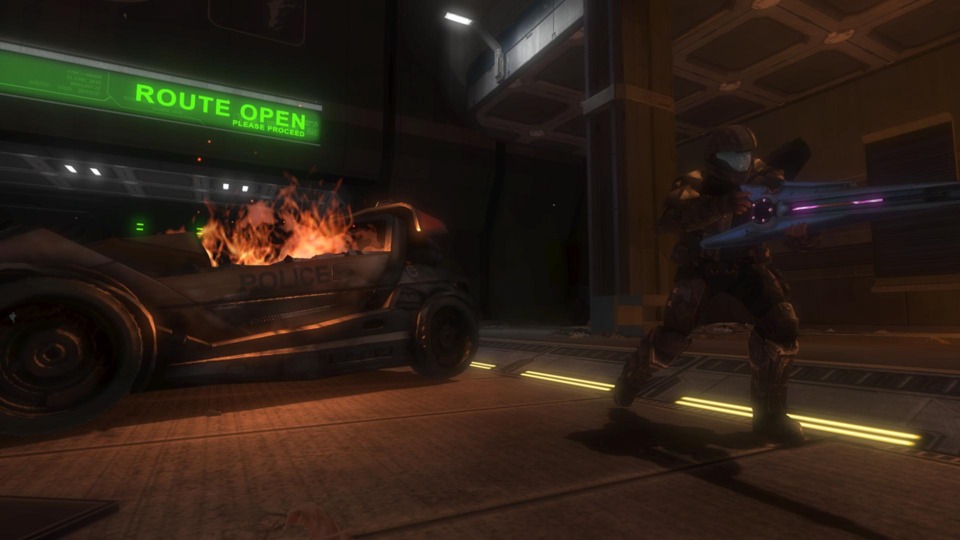
RPGs: Regarding Popular Games
Like a Dragon: Infinite Wealth, Persona 3 Reload and Final Fantasy VII Rebirth. These three gigantic RPGs were where the bulk of my gaming time, and free time in general, went in the first quarter of 2024. They were also the biggest roadblock in putting any writing into the world. Each is already complex, but trying to synthesize the experience of all three into something coherent proved beyond my current abilities. So I’m just going to take them one at a time and see what happens.
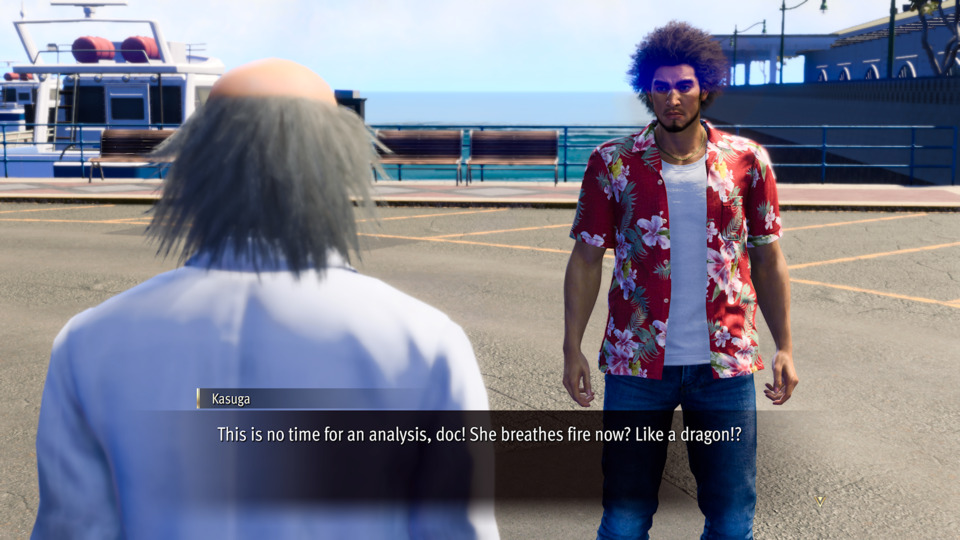
Like a Dragon: Infinite Wealth was easily my most anticipated game of 2024. If you don’t already know that Ichiban Kasuga is the greatest protagonist in the history of fiction, you need to educate yourself pronto. His return alongside Kazuma Kiryu, now in Hawaii with all the silliness that entails, was more than I needed. The things that make this series great continue to be very strong. Whether it’s a party of returning characters or new ones, the personality in dialogue is top-notch. There’s this guy Eric who joins early on, and at first I was like, “screw you, Eric,” but pretty soon I was like, “ahhhhh, you’re all right, Eric.” Chitose is another new party member, adding to the small but growing list of female Like a Dragon characters with good writing. As you increase your bond with each party member, it only makes combat encounters more of a blast. The system from Yakuza 7 has received a full overhaul, with the biggest change being more control over positioning. Lining up a move to send a goon flying into the environment, other enemies, or a party member for bonus damage is always electric. Mix in an even better job system, and you’re looking at the best purely turn-based battles I’ve seen in years. Of course, the “main” mechanics in a Like a Dragon game are just a small part of the overall package. Side stories continue to be a huge selling point. Whether it’s Ichiban’s ridiculous antics or Kiryu’s encounters with nostalgic friends, they run the gamut of emotions. Among the many, many minigames are way-too-fully-featured Pokémon and Animal Crossing clones which will extend the game length even further if you wish. These can be a double-edged sword because the early game continuously stops to tutorialize all these systems which some players may never engage with again. That doesn’t help the issue of a somewhat underwhelming story that stalls for extended periods before ultimately squandering a promising hook. As character pieces go, though, the new faces of Like a Dragon are perfect, and Kiryu gets a suitably touching last note for his final, final, for real this time guys, final game. I’m still on the ride with this studio as far as they want to take me.
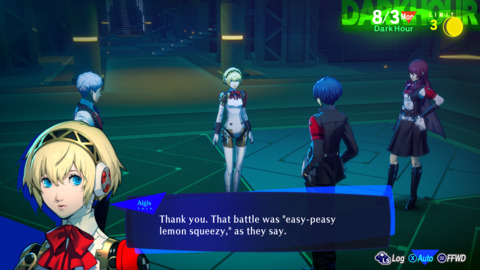
While this was all going on, SEGA thought it was a great move to put out a second gigantic JRPG a week later. Persona 3 Reload is an effective modernization of the original Persona 3 that makes it more inviting to newer fans like me. When I was starting out, I thought that this would probably be my least favorite Persona game so far. Compared to 4 and 5, the early hours have a lack of driving force and feel directionless. Characters are easily defined as archetypes that would be better developed by their successors. And at the time, I was fine with that. I mean, you would hope sequels would improve on things, right? But the more time I sunk into Persona 3 Reload, the more those same characters grew on me. If things start out a little stilted, it’s because they take that time to develop bonds organically over the story. By the end, I fully bought into this group of kids as comrades. Realistically, I only have time for one playthrough of Persona 3, so I went full checklist mode to see everything. I’m honestly glad I did, because maxing out every social link was tremendously rewarding. For the last 10 hours or so, I was superglued to the screen, and the ending wrecked my whole life for at least a week. Could they have tightened up the beginning more? Sure, but I wasn’t thinking about that after a while. For the RPG part of this RPG, it’s all about the randomly generated dungeon, Tartarus. They switched away from this style for a reason, but it works well enough, with events thrown in every few floors to keep your attention. The truth is, I play these games on easy because I’m just not here for that. Really, I just want to hang out with digital friends and listen to the soundtrack. And wow, Persona 3 Reload does not let up in the music department. Not only are the new songs fantastic, but all the arrangements breathe new life into the original compositions. If there is a single thing that will carry over from my gaming in 2024 to the rest of my life, it will be the music from this game.
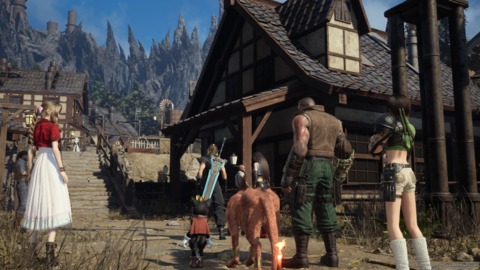
After all of that, I was hesitant to jump into yet another huge RPG. Final Fantasy VII Rebirth was out and in the zeitgeist, and while I was looking forward to it, it wasn’t $70 worth of passion. But then, I won a code on Trivia Tower! What the hell, might as well. Rebirth is such a challenging game for me to sort my feelings about. There are things that it does incredibly well. Combat is a thrilling dance of action. The music is so wonderful, I’m seeing it in concert later this year. On the flip side, there are so many places it just whiffs from its own sense of self-importance. I haven’t yet finished the 1997 game, but I highly enjoyed the 2020 remake. This sequel is stuffed with more, more, more, to the point where I don’t really feel like doing any of it. It’s now an open world game, with towers and everything, plus a hundred side quests, a full collectible card game, and ten thousand other minigames. I was fine to keep up with the main story, but nothing in the sea of ancillary content was inviting to me in the least. But every time I thought that, I thought about Like a Dragon, and how those same complaints were once positives. And lest we forget the flag-chasing in Assassin’s Creed, I am down for open world filler at times. So what’s the deal? Am I just a hypocrite? Is this burnout? Or is there a chip on my shoulder? I was really struggling with this problem and not coming up with anything. After wrapping up the game and giving it some time, this is the best I could come up with.
I love Aerith. I love Barret. I love Yuffie. Tifa is pretty cool. Red XIII is okay. Cait Sith can kick rocks.
I hate Cloud.
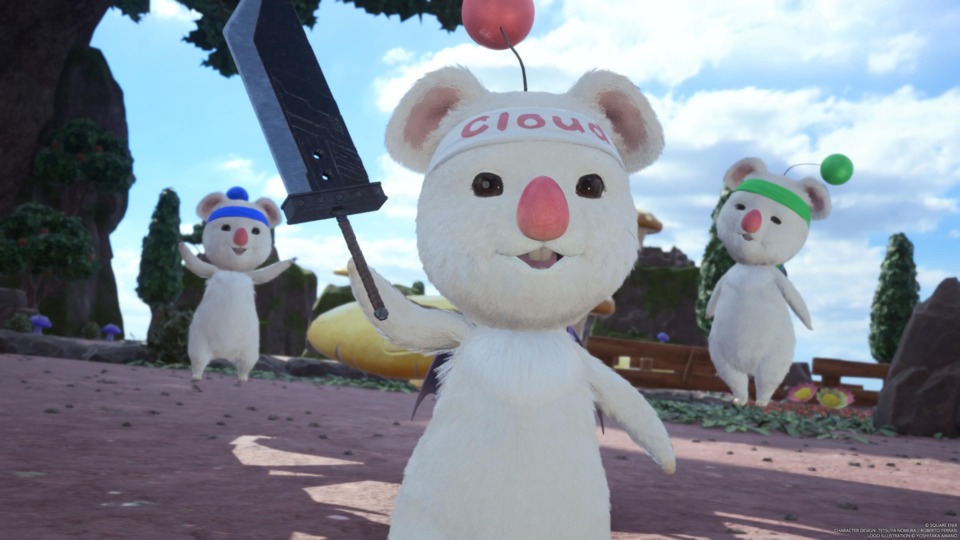
I have never, ever in my life, thought Cloud Strife was cool. Not his stupid hair, his stupid sword, nor his stupid attitude. This was top of mind in my Remake playthrough, but he does go through a character arc in that game. Here, if he’s not an emotionless husk, he is straight-up evil. This guy gets progressively unstable mentally, to the point where “liability” is an understatement. And the fact that his friends pretend this isn’t happening starts to reflect poorly on them. It makes no sense for Cloud to be down for these ridiculous minigames. He doesn’t even know how to smile. Before anyone tells me about all his trauma and how it will be better in the third game, I don’t give a shit. Cloud’s whole deal tainted my experience with Rebirth. I don’t like being him, so I don’t want to faff about in this half-baked open world as him. Once the story finally gets any form of direction, it’s an unintelligible mess of alternate timelines and ill-defined magic. The fact that there is no clear consensus for the sequence of events that even happened in the ending only deflated my interest in the last part of the trilogy. I know everyone will have their own reaction to this game. But I got it for free, and I still felt ripped off.
The Actual Best JRPG I Played in 2024…
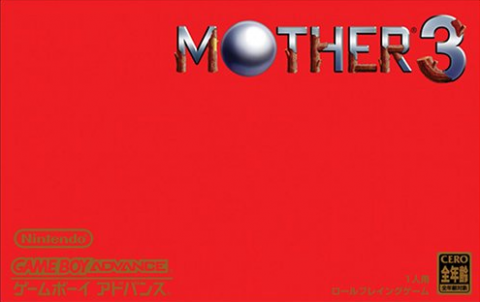
is Mother 3. It was added to the Switch in Japan, so it was high time to return to the fan translation. Look, I’ve rung this bell continuously. But in the context of the last section, I was floored this time at how Mother 3 contrasts the monolithic JRPGs above. You want a gripping, devastating story? Mother 3 packs it into less than 20 hours. What about a game that shows off the power of its hardware? The graphical polish, animation quality, and musical style is far above anything else on the GBA. I was constantly wondering how they fit it all onto the system and noted, with a hint of guilt, that I never had that thought playing Rebirth on the PS5. I won’t say the battle system is better, of course, but building on the style developed in EarthBound with attacks timed to the music makes it engaging. The difficulty level is pitch-perfect throughout, too. Lastly, humor is subjective, but every single attempt here got a laugh out of me. It all coalesces into what I am finally ready to declare as my favorite game, period. I guess where I’m going with all this is that it’s the heart, not the budget, that matters when making art. I feel like the industry has lost sight of that.
In Conclusion…
Thanks for reading. Like I said, this was a bit of an experiment, but ultimately a necessary one to get me out of my funk. I may or may not ever do it again! Hopefully this blog answered anyone wondering, “what happened to that guy?”
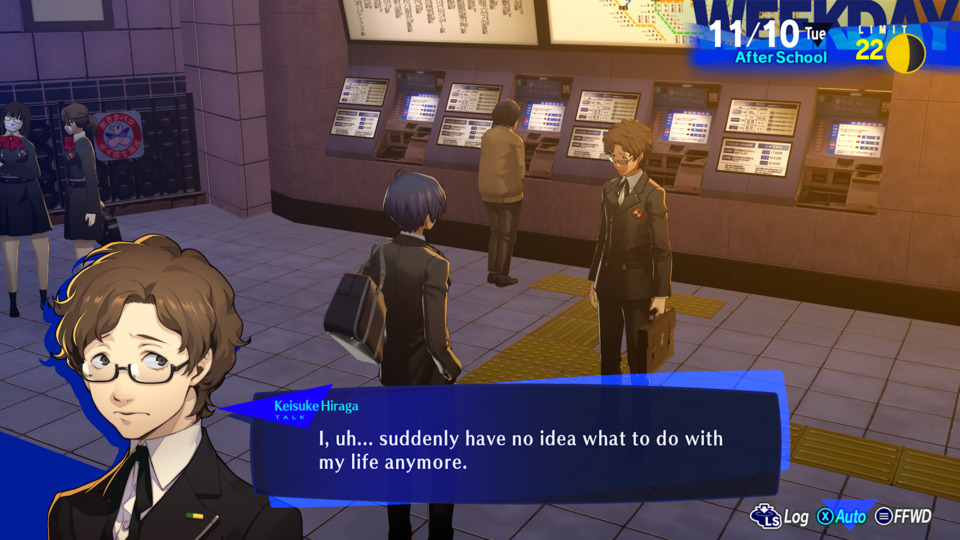

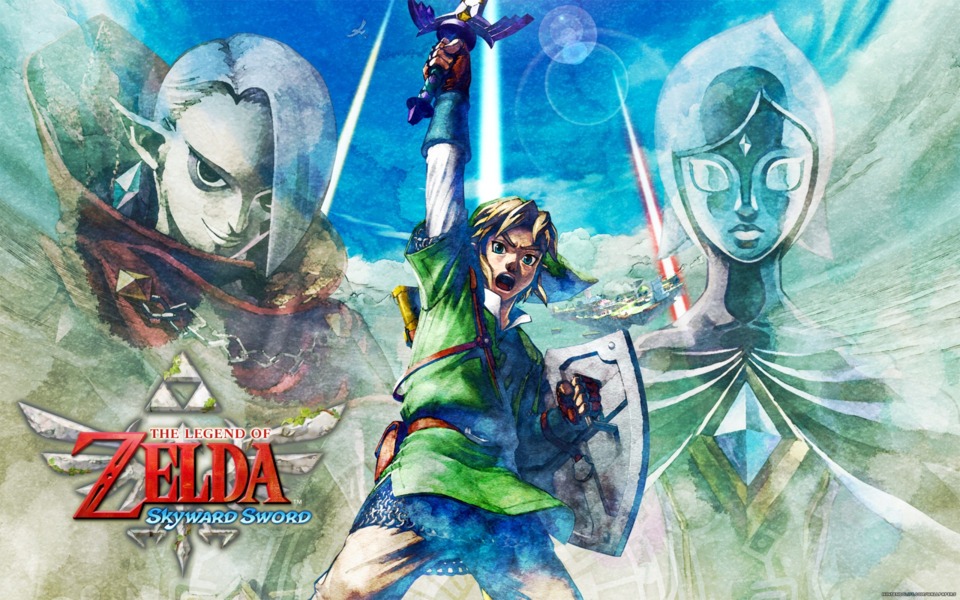
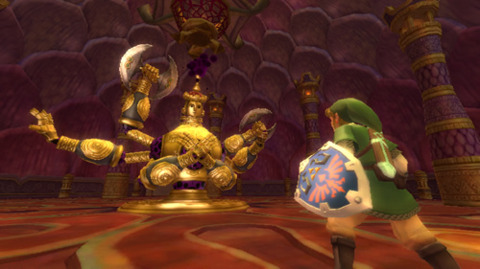
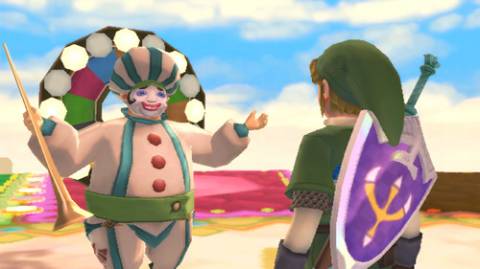
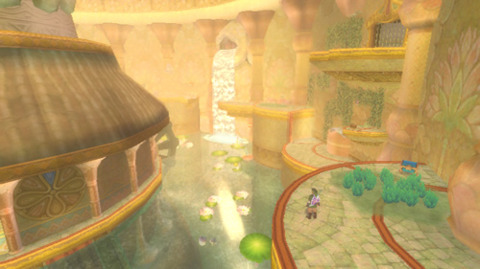
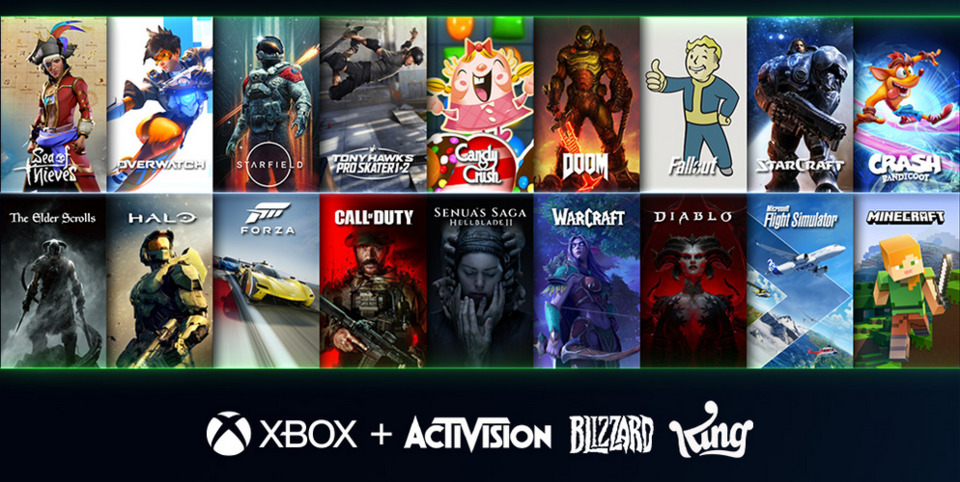
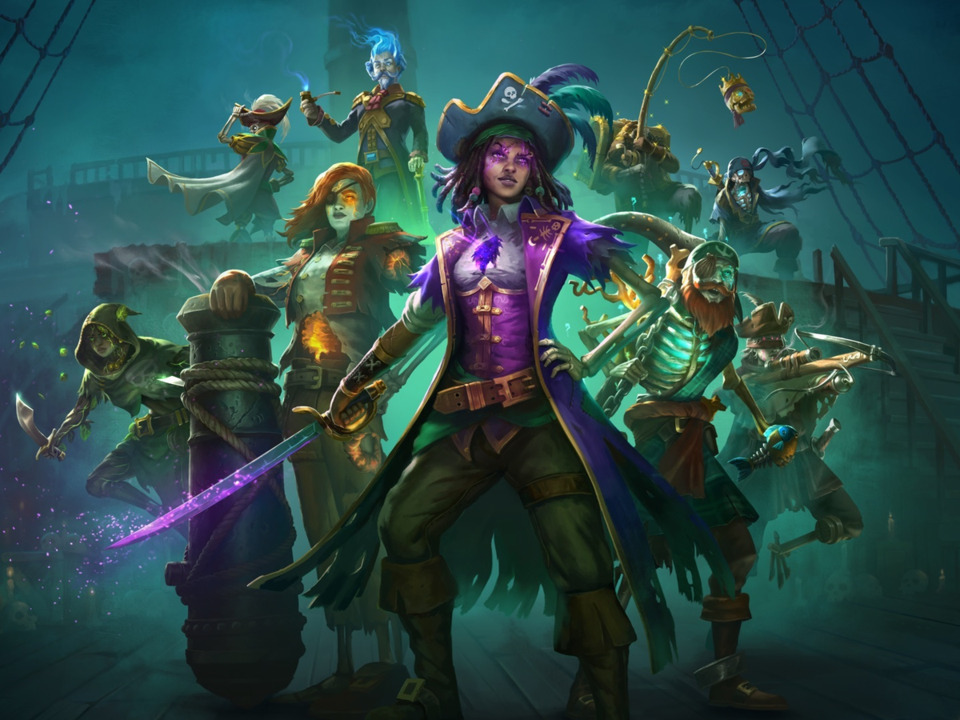
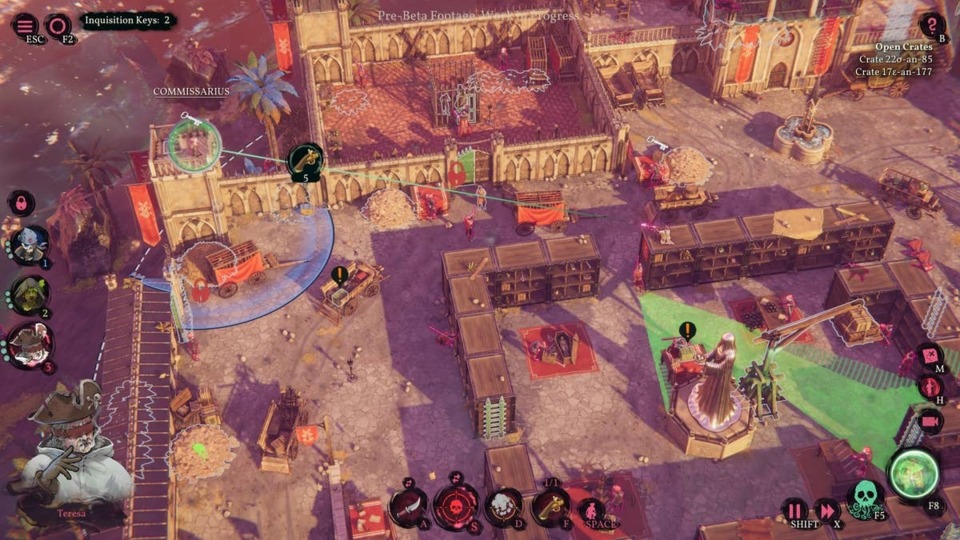
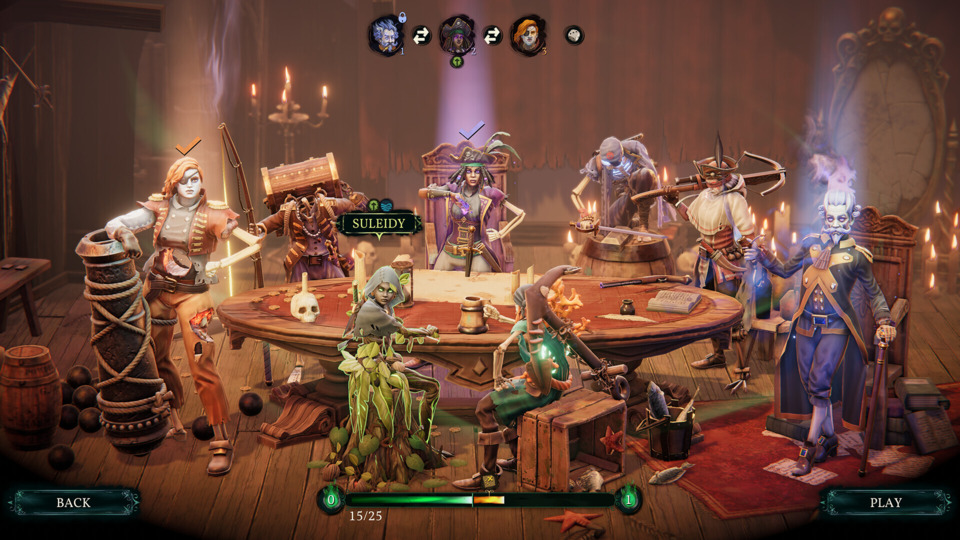
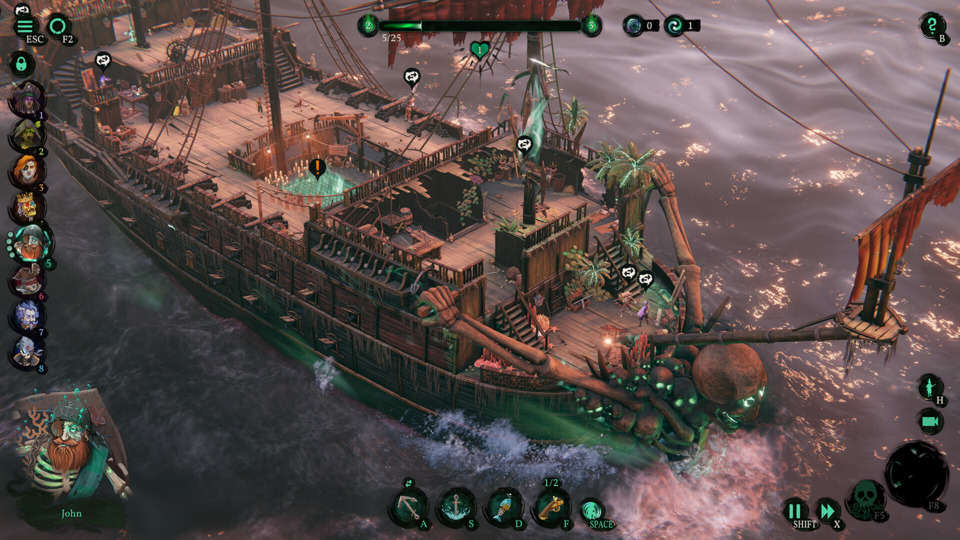
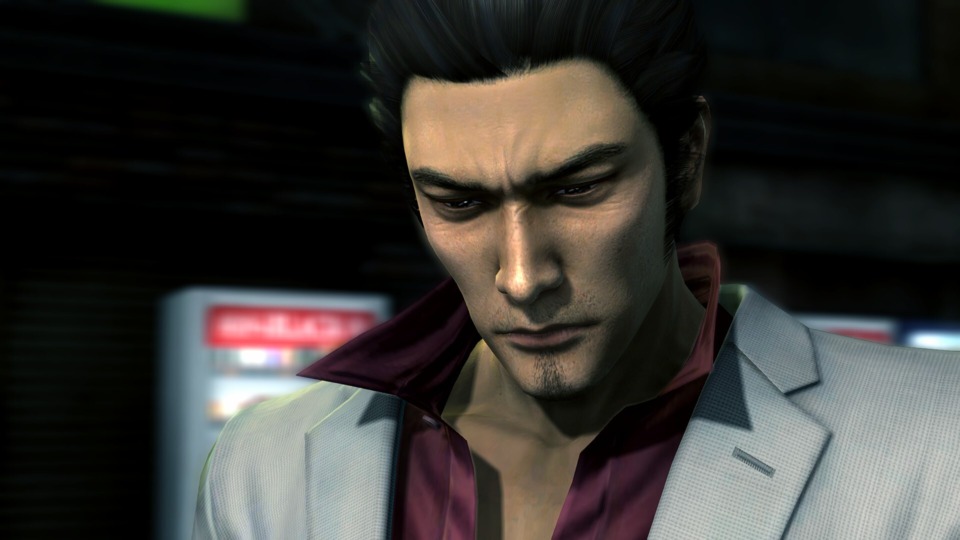
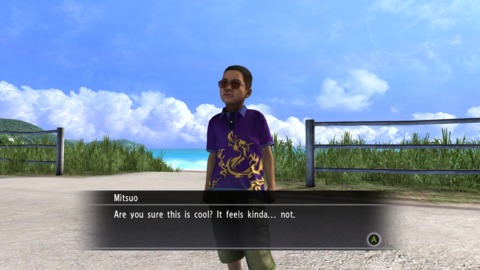
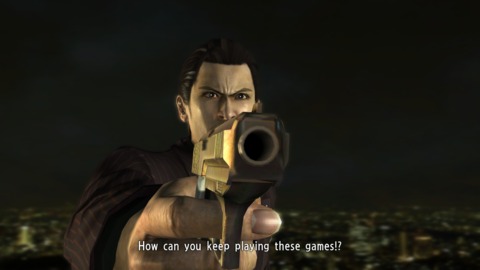
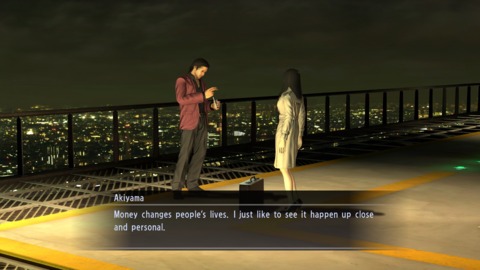

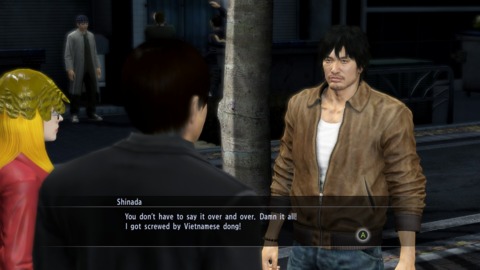
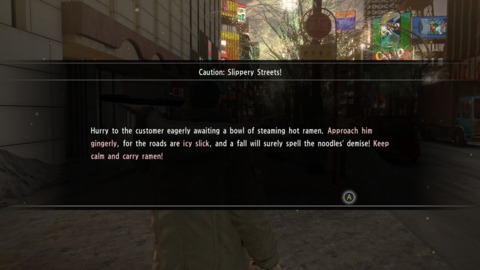
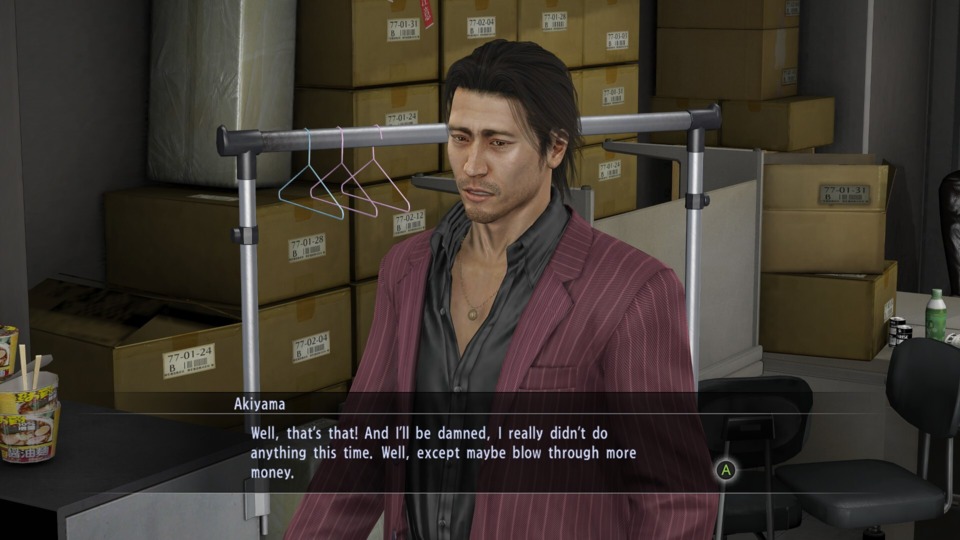
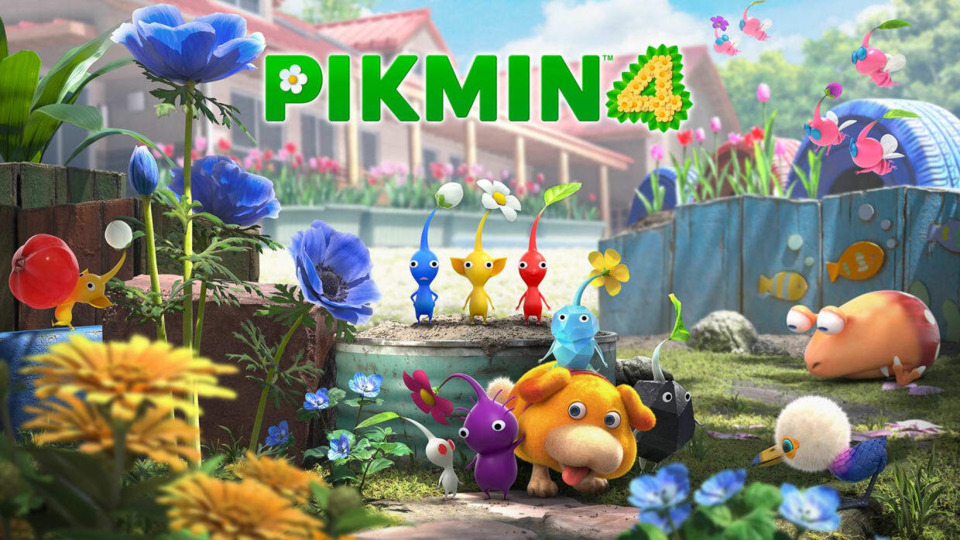
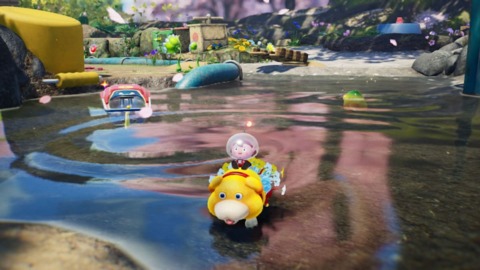
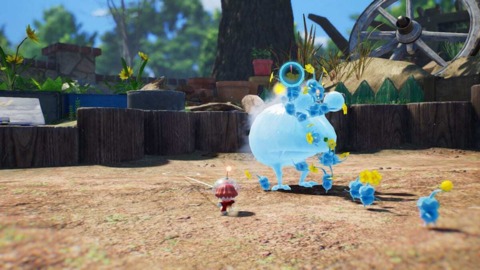
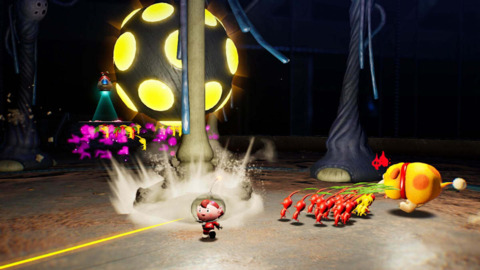
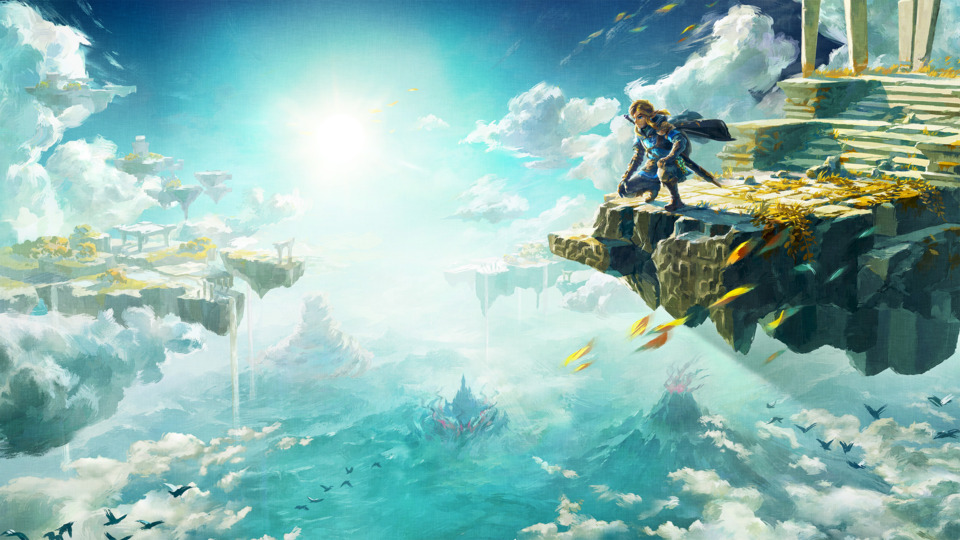
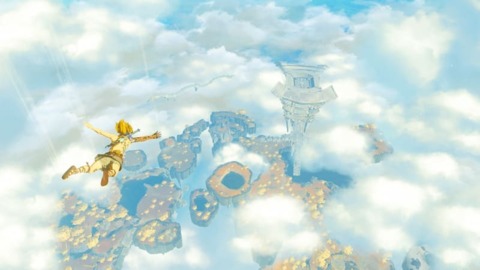
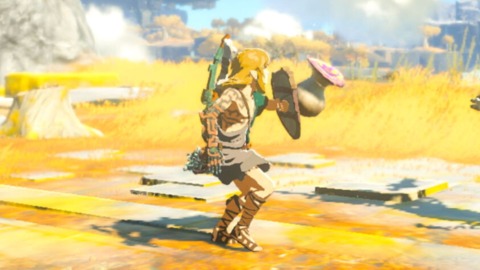
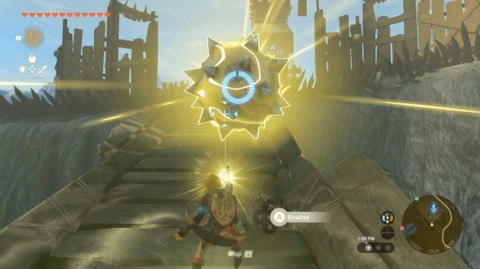

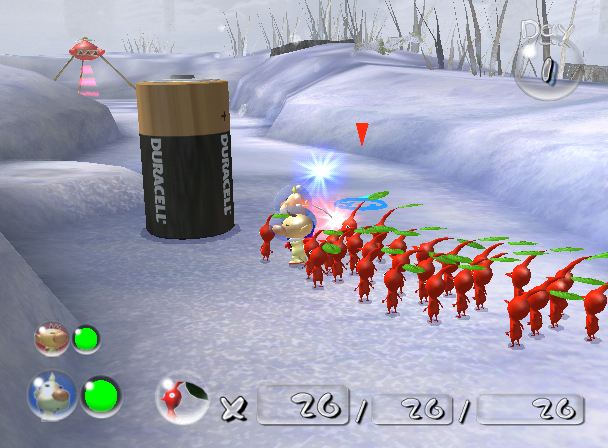
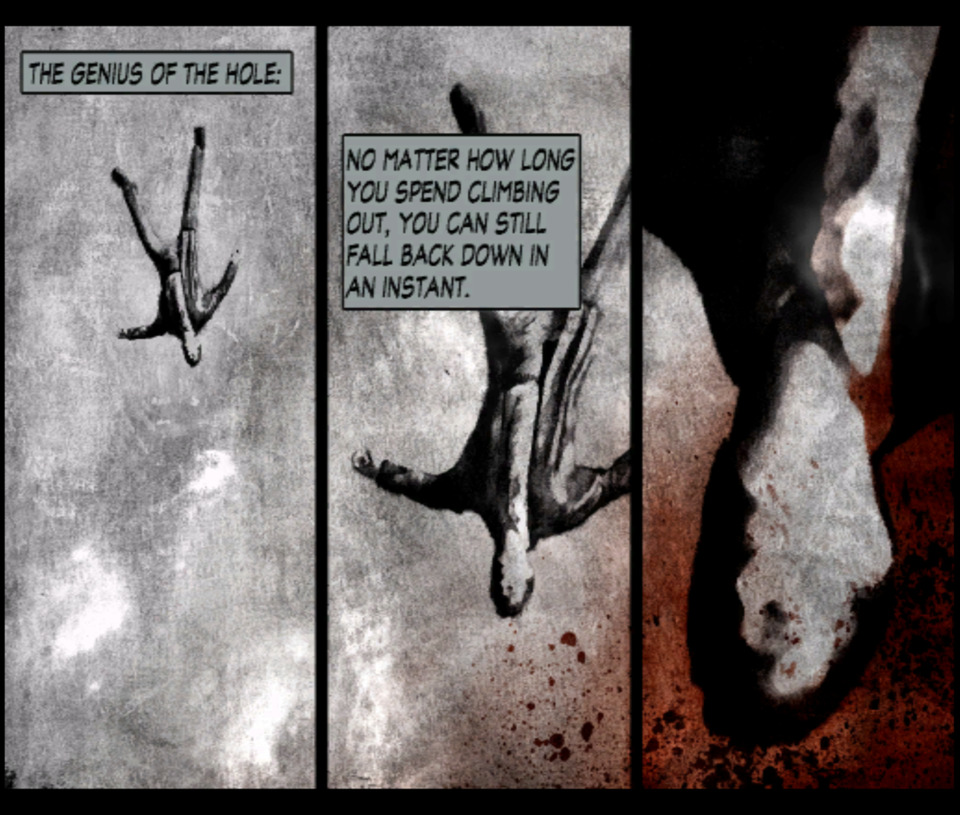


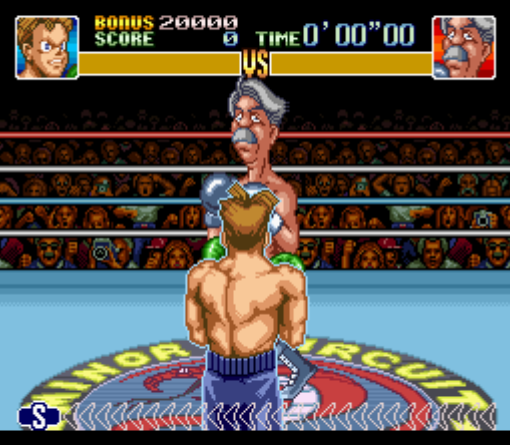


Log in to comment